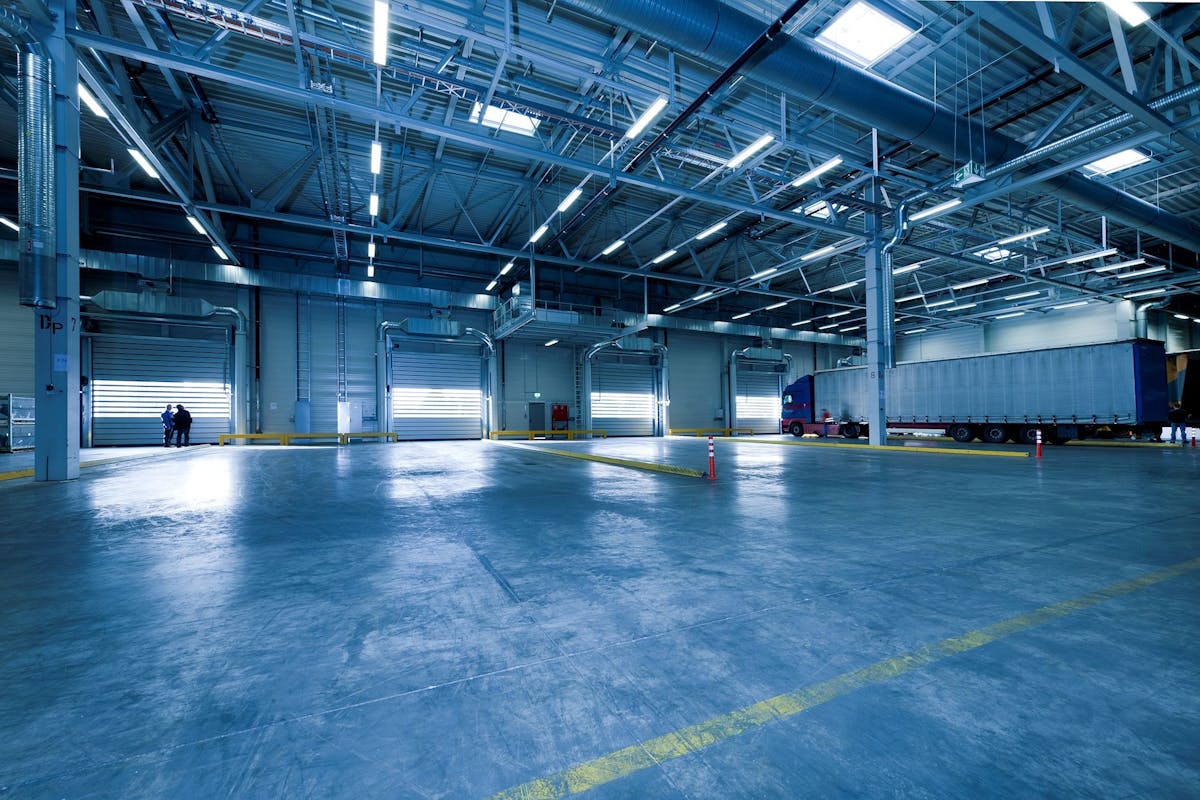- Prioritize ergonomic adjustments to prevent injuries and promote comfort for warehouse staff.
- Enhance lighting, ventilation, and organization to create a conducive work environment.
- Invest in efficient material handling equipment to streamline workflow and minimize physical strain.
- Provide comfortable break areas and promote work-life balance to support employee well-being.
- Implement strategies to optimize productivity while reducing stress in the warehouse setting.
Working in a warehouse can be demanding, with its fast-paced environment, heavy lifting, and tight schedules. Nations like Singapore, Japan, and Hong Kong have a booming warehousing industry that can benefit from some adjustments to improve employee satisfaction further. Amidst these challenges, creating a comfortable and stress-free workspace is crucial for maintaining productivity and well-being. From ergonomic adjustments to organizational strategies, numerous ways exist to enhance comfort and reduce stress levels in a warehouse setting. This article explores five practical tips to make your warehouse environment less stressful, allowing you to work more efficiently and comfortably.
1. Optimize Ergonomics
Ergonomics plays a significant role in warehouse comfort and safety. Poorly designed workstations and improper lifting techniques can lead to fatigue, discomfort, and even injuries. To alleviate these issues, consider the following ergonomic adjustments:
Adjustable Workstations
Invest in adjustable workstations that allow employees to customize their setup according to their height and preferences. Adjustable desks, chairs, and shelving units can promote proper posture and reduce strain on the body.
Proper Lifting Techniques
Provide training on proper lifting techniques to prevent musculoskeletal injuries. Encourage employees to keep their backs straight, bend their knees, and lift with their legs rather than their backs. Workers can also use mechanical aids such as forklifts or pallet jacks for heavy lifting whenever possible.
Anti-Fatigue Mats
Use anti-fatigue mats where workers stand for long periods, such as packing stations or assembly lines. These mats provide cushioning and support, reducing strain on the feet, legs, and lower back.
2. Enhance Lighting and Ventilation
A well-lit and ventilated warehouse can significantly impact employee comfort and mood. Poor lighting and air quality can cause eye strain, headaches, and fatigue. Follow these tips to improve lighting and ventilation in your warehouse:
Natural Lighting
Maximize natural light by installing skylights or large windows where feasible. Natural light not only reduces the need for artificial lighting but also enhances mood and productivity.

LED Lighting
Replace outdated fluorescent bulbs with energy-efficient LED lighting. LED lights provide bright, uniform illumination and are more cost-effective in the long run.
Proper Ventilation
Ensure adequate ventilation throughout the warehouse to minimize indoor air pollutants and maintain a comfortable temperature. Use exhaust fans, air purifiers, and HVAC systems to circulate fresh air and regulate temperature and humidity levels.
3. Streamline Workflow and Organization
Efficient and well-designed material handling equipment is essential for optimizing workflow and reducing strain on warehouse staff. Consider integrating the following strategies into your warehouse operations:
Invest in Quality Equipment
Choose durable, reliable, and ergonomic material handling equipment such as pallet racks, conveyors, and lift trucks. High-quality equipment improves efficiency and minimizes the risk of accidents and injuries. An electric forklift can contribute to warehouse safety while reducing emissions.

Customize Equipment Layout
Design your warehouse layout to minimize the distance traveled between storage areas, picking stations, and shipping docks. Utilize vertical space with mezzanine levels or multi-level shelving systems to maximize storage capacity without sacrificing accessibility.
Implement Automation Technologies
Explore automation technologies such as automated guided vehicles (AGVs), robotic arms, and conveyor systems to streamline material handling processes and reduce manual labor. Automation not only increases efficiency but also frees up employees to focus on higher-value tasks.
4. Provide Comfortable Break Areas
Encourage employees to take regular breaks and provide comfortable break areas to relax and recharge. A well-designed break area can improve morale and foster a sense of community among warehouse staff:
Comfortable Seating
Furnish the break area with comfortable seating options like lounge chairs, sofas, or bean bags. Provide ample seating capacity to accommodate all employees during peak break times.
Recreational Activities
Incorporate recreational activities such as table tennis, foosball, or board games to encourage social interaction and stress relief. Consider installing a television or projector for movie screenings or sports events.
Healthy Snacks and Beverages
Stock the break area with healthy snacks, fruits, and beverages to fuel employees’ energy levels throughout the day. To keep employees hydrated and refreshed, consider offering complimentary coffee, tea, or infused water.
5. Promote Work-Life Balance
Maintaining a healthy work-life balance prevents burnout and maintains overall well-being. Encourage employees to prioritize self-care and relaxation outside of work hours by:
Flexible Scheduling
Offer flexible scheduling options such as compressed workweeks, staggered shifts, or telecommuting arrangements to accommodate employees’ personal commitments and preferences.
Employee Assistance Programs
Provide access to employee assistance programs (EAPs) that offer counseling, mental health resources, and support services to help employees cope with stress, anxiety, or personal challenges.
Encourage Time Off
Encourage employees to take regular vacations, personal days, and sick leave as needed to rest and recharge. Lead by example by prioritizing your own well-being and taking time off when necessary.
Creating a comfortable and stress-free environment in a warehouse setting requires a combination of ergonomic adjustments, environmental enhancements, organizational strategies, and employee support initiatives. You can cultivate a workplace culture that prioritizes employee well-being and productivity by optimizing ergonomics, enhancing lighting and ventilation, streamlining workflow and organization, providing comfortable break areas, and promoting work-life balance. Remember that small changes can significantly reduce stress and increase comfort for warehouse employees, ultimately leading to a more positive and productive work environment.










